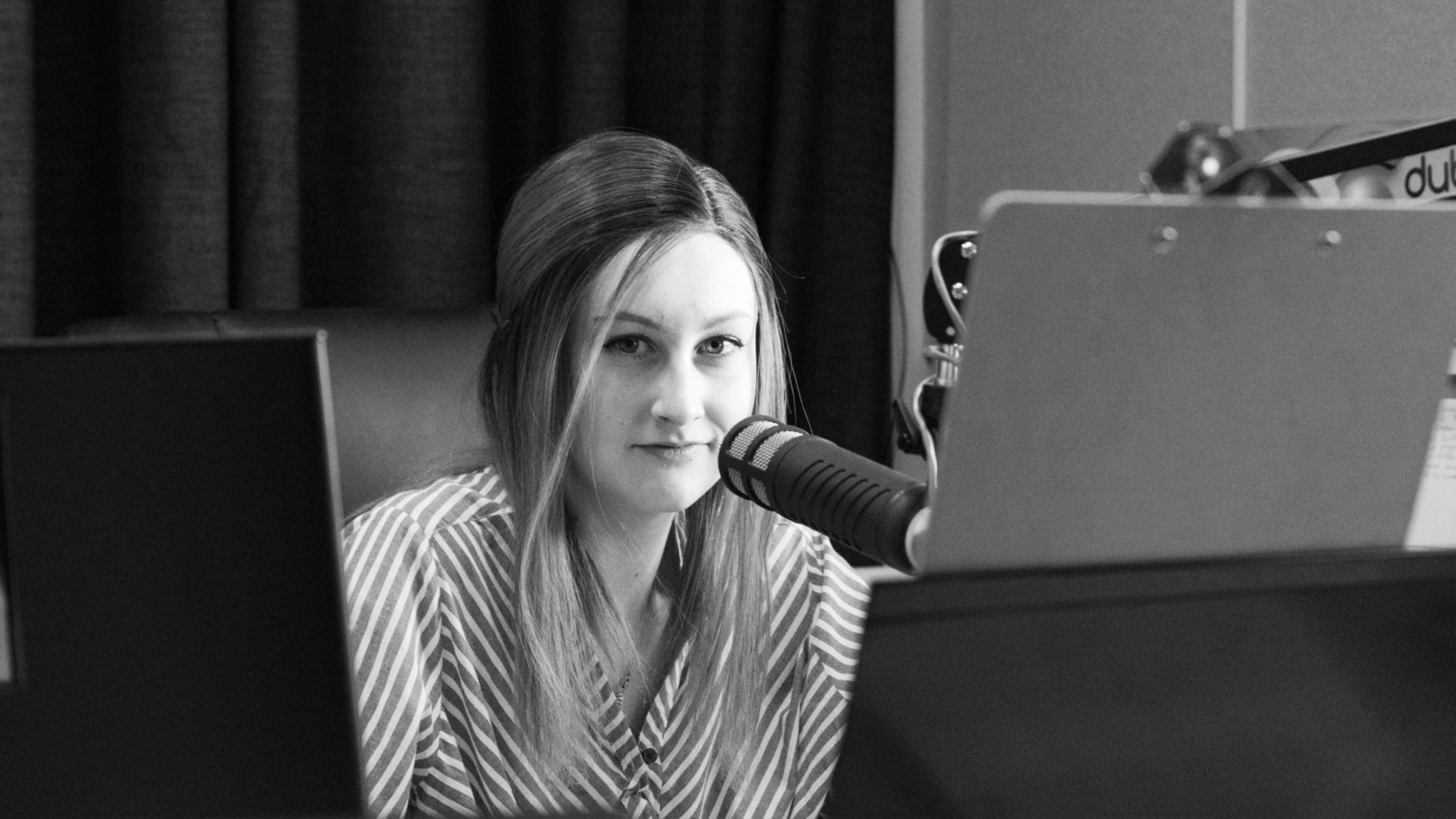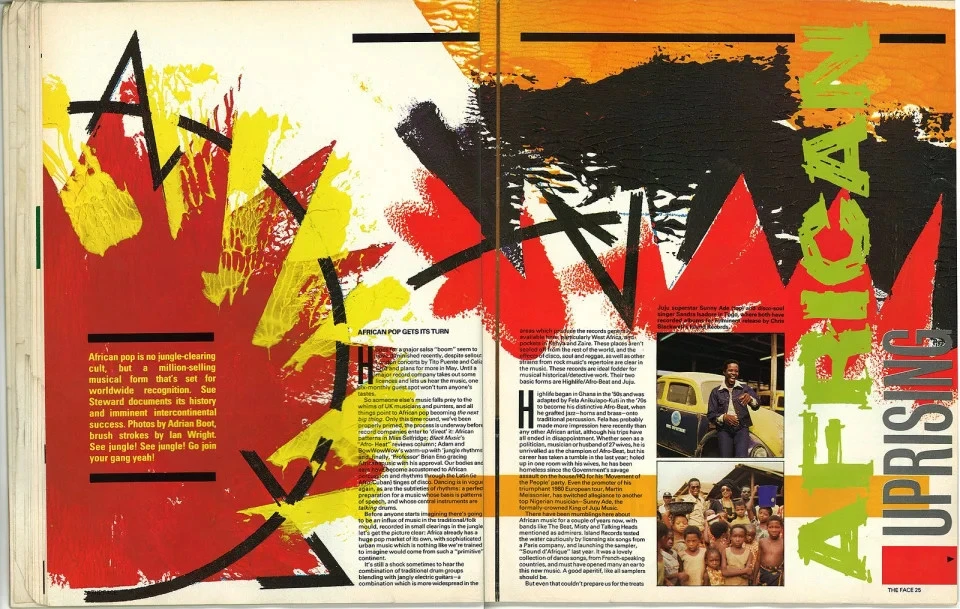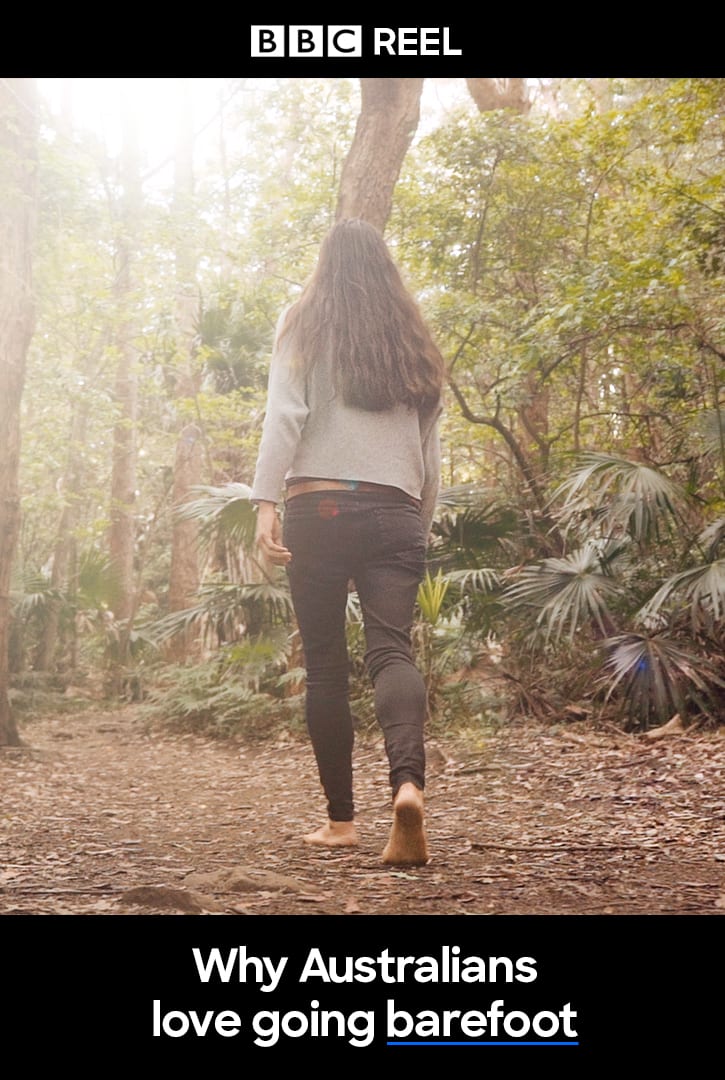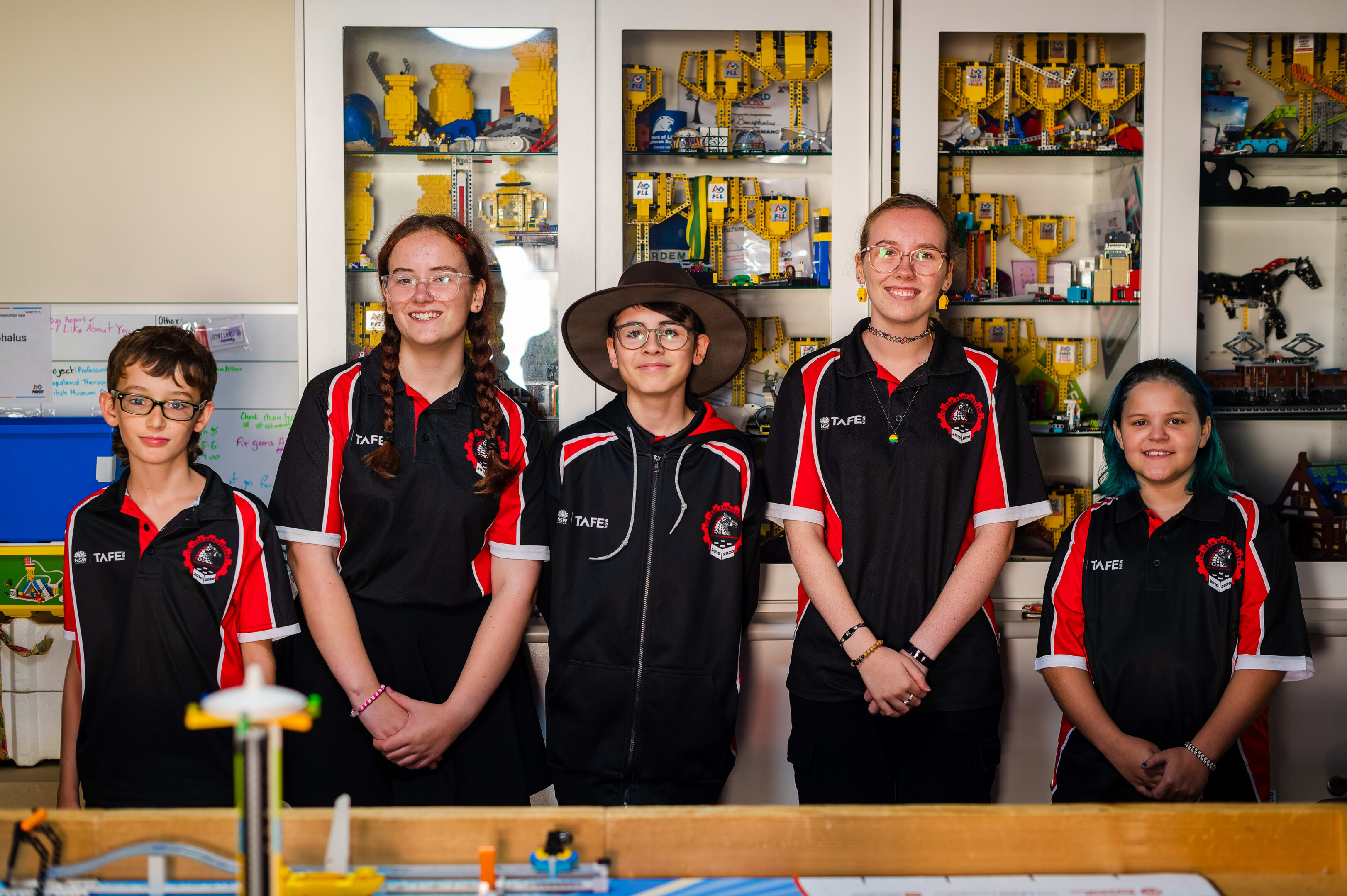20th April, 2024
Before you read this, please check out the accompanying audio-visual piece, which can be found here.
Gemma is by no means a victim of her condition – quite the opposite in fact. She’s lively and positive in nature – which I know from having known her for a number of years. This allowed me to frame the story in a way that was best representative of her character. For this reason, I start and end the piece and the raw interview with by asking Gemma to talk to me about her achievements, successes and dreams for the future. I wanted to create a piece which was rewarding for myself, Gemma and an audience.
I spoke to a medical professional and did extensive research into the disease, ensuring that I could write about it knowledgeably and respectfully. I feel this piece was an important one to produce, as the combination of the audio-visual presentation, as well as the accompanying lede, informed an audience of the largely taboo subject that is IBS and associated diseases. I also aimed to inform a potential audience in the accompanying tweets – offering extra information from reputable and relevant sources.
In the first module for this semester, Siobhan McHugh talked about ‘aerobic listening’. This was essential in exploring story- additionally, the visual aspect required me to pay close attention to Gemma’s visual expressions and attempt to capture what I observed in the same way I was listening closely. I took an array portrait shots aiming to reflect Gemma’s positive nature as well as her hardships. I borrowed two photos which feature in the piece where she is talking about her time in the hospital. Although I did not capture these images myself, I felt they were important to include, giving variance and keep the piece engaging. I made the images black and white, as I found that colour was distracting and ultimately added nothing to the piece.
“Respect private grief and personal privacy. Journalists have the right to resist compulsion to intrude.”
MEAA Journalist Code of Ethics
I made sure to let Gemma know what I planned to cover in the story ahead of time and reassured that she could call a time-out or refuse an answer at any point. I made sure to ask my interview questions in a thoughtful order – starting out light and positive – focused on her career, before easing into more difficult questions surrounding her disease. This was essential from an ethical standpoint, as my questions opened a discussion with Gemma about a life-threatening (and ultimately life-changing) experience. I also ended the interview with light and positive questions. This I believe was done in best practice, as I’m sure it could have been a jarring experience for Gemma if I didn’t lead the conversation in a lighthearted and positive direction. Additionally, if not framed in a positive manner, this story may not have been helpful for the viewer.
I wanted to create a relevant and engaging audio aesthetic – the subtle radio-static was added in post-production, as was the recorder click heard between segments – to signal a change in topic and give the viewer a moment to process. It was difficult finding a musical track which I felt fit this piece, but I believe I chose one which is warm and not overly dictative of the mood of the piece, nor is it overpowering or distracting to the listener.






